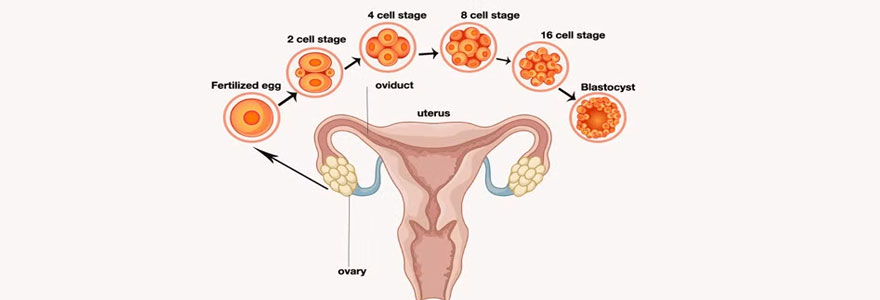Blastocyst Transfer

Blastocyst transfer is a technique used in in vitro fertilization (IVF) where embryos are cultured in the laboratory for an extended period until they reach the blastocyst stage before being transferred into the uterus.
In natural conception, embryos typically reach the blastocyst stage before implanting into the uterine lining. By allowing embryos to develop to this stage in the laboratory, it is believed that selecting embryos at this more advanced stage may enhance the chances of successful implantation.
Advantages of Blastocyst Transfer:
- Higher Implantation Rates: Some studies suggest that transferring embryos at the blastocyst stage may result in higher implantation rates compared to cleavage-stage embryos.
- Reduced Risk of Multiple Pregnancies: By allowing for the selection of the most viable embryos, the likelihood of achieving a successful pregnancy with the transfer of fewer embryos is increased, reducing the risk of multiple pregnancies.
- Better Embryo Selection: Allowing embryos to develop to the blastocyst stage enables embryologists to better assess their developmental potential.
Considerations:
- Not All Embryos Reach Blastocyst Stage: Not all embryos may reach the blastocyst stage. In some cases, embryo transfer at the cleavage stage may be deemed more appropriate.
- Individualized Approach: The decision to perform a blastocyst transfer is often based on the quality and number of embryos, as well as the specific circumstances of the IVF cycle.
- Cryopreservation of Excess Blastocysts: If multiple viable blastocysts are produced, some may be cryopreserved (frozen) for future use.
- Clinical Expertise: The decision to perform a blastocyst transfer should be made in consultation with the fertility specialist, who will consider the specific circumstances and the woman's individual fertility profile.
